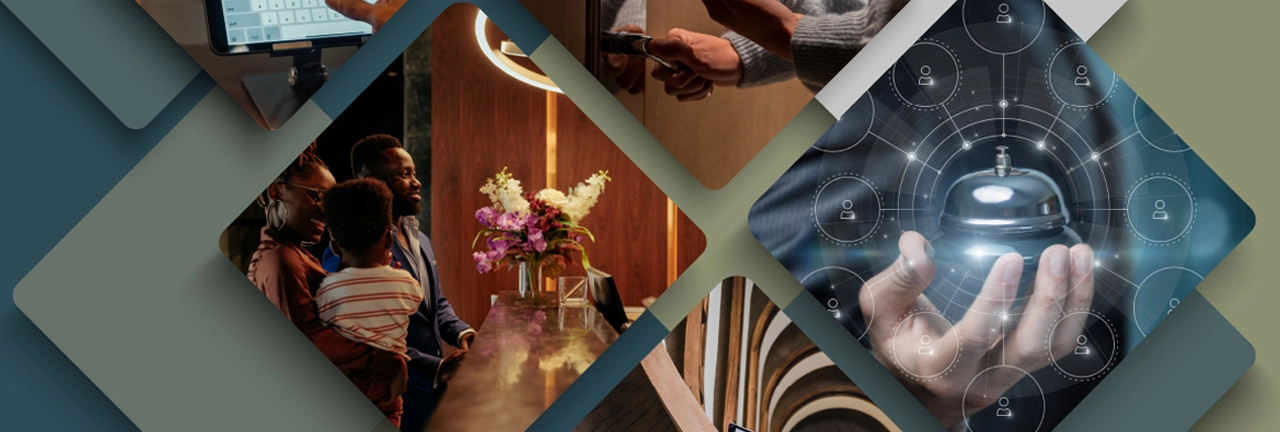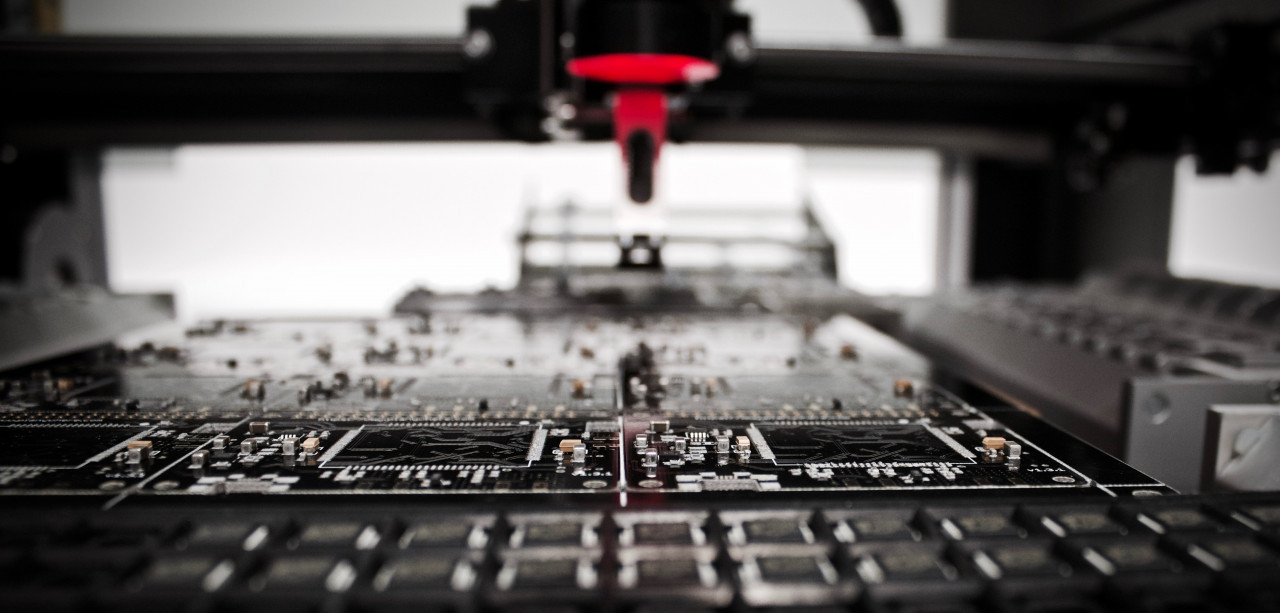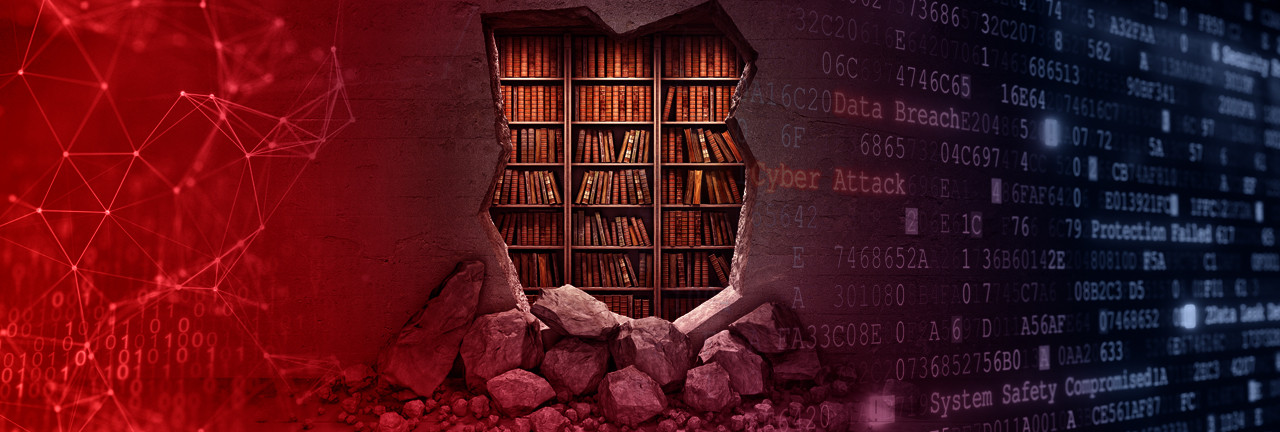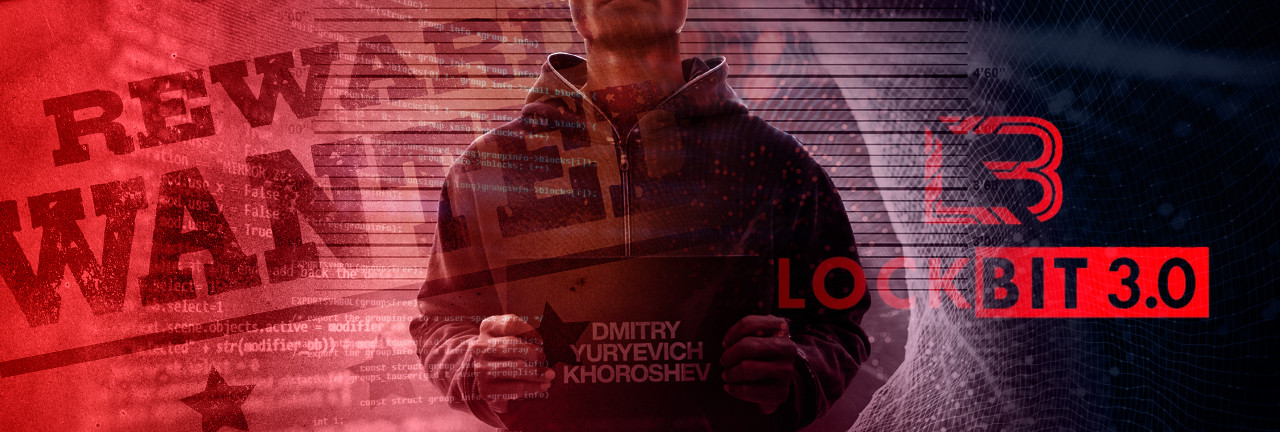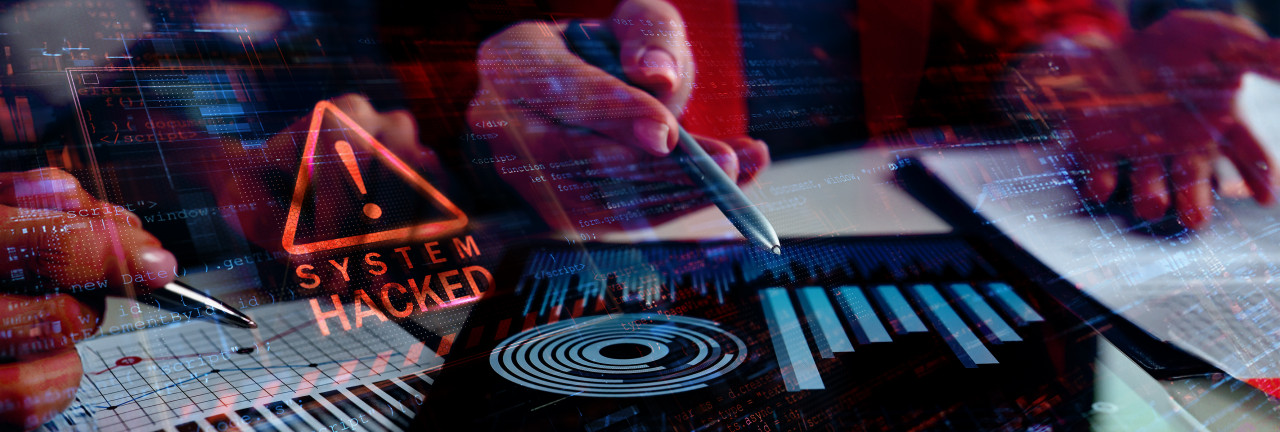In 2019, we worked with a customer who owns and operates a mine in Mozambique to help them identify their key business objectives and advise them on how to succeed on these. Throughout our discussions with them, we defined the below key objectives:
On the morning of 12th September 2024, the UK Health Secretary, Wes Streeting, pinpointed three 'big shifts' that would be required to transform the NHS:
- From hospital to community care
- From analogue to digital
- From treating sickness to preventing it
How Actionable Data Drives Sales, Improves Employee Satisfaction, and Enhances the Customer Experience
One of the key components we discuss with organisations when defining their contact centre needs is their data: the data the organisation requires, the data the solution can report on, and the tools available to interpret this data.
Across the Hospitality & Leisure sector, from pubs to five-star hotels - guests' expectations have evolved in ways that would have been impossible to imagine just a decade ago.
Effective manufacturing workflows are all about doing things more efficiently - from the simplest tasks to the most complex. While this is an ostensibly simple concept, the increasingly interconnected, global nature of modern manufacturing workflows hides a number of challenges, with even the briefest period of downtime potentially costing thousands of pounds, particularly during periods of increased consumer demand.
However, the increasing sophistication of artificial intelligence (AI) and 'smart' technologies offers a rich vein of opportunities here, allowing routine processes to be automated, where possible and appropriate. Not only will this significantly improve the overall efficiency of manufacturing processes, if successfully executed, it will lead to long-term cost savings and free staff to focus their attention on activities that will lead to fresh innovations and sustainable business growth.
With that in mind, let's consider where AI-powered automation can be of most use across manufacturing workflows…
Streamlined, proactive maintenance processes
The rollout of interconnected sensors at manufacturing sites ensures any faults can be automatically tracked, identified, and escalated to the appropriate team, ensuring the resulting downtime can be kept to the absolute minimum. Beyond ensuring a swift response to any unexpected faults, collating the data generated by these sensors and applying machine learning technologies will allow any trends to be identified and routine maintenance processes adapted accordingly, helping to resolve potential faults before they occur and ensuring costly downtime can be avoided altogether.
And, as a bonus, this will help reduce machines' energy consumption in the long term, further reducing costs and bringing manufacturers another step closer to achieving their environmental goals!
Stress-free quality control
Maximum control and visibility of global supply chains
Developing safer factory floors
Finally, amidst all the excitement about the possibilities offered by AI, let's not forget the people who continue to drive effective manufacturing operations! The smart sensors deployed across factory floors can be complemented with wearable sensors for employees. This will ensure the risk of injury from machinery is minimised, while simultaneously supporting wider health & safety initiatives, and thus helping maintain a safer working environment. For example, in environments where employees may be required to lift heavy objects, the data generated by the wearable sensors can be used to avoid injuries by ensuring correct procedures are followed when doing so.
This is all just scratching the surface of what AI-powered automation can potentially offer manufacturers. Leaders across the industry are already exploring the full potential of these technologies, with the support of trusted technology partners, so new opportunities and innovations are sure to keep revealing themselves in the months and years ahead. As we're already seeing in our own ongoing work with manufacturers across the UK, the rise of AI shows no signs of slowing down, so don't hesitate to contact us if you'd like to discuss how it can transform your own operations. It's an exciting time for the entire sector, and we look forward to exploring it with you!
The nature of AEC projects and the high volumes of sensitive data firms generate, transfer, and store on a daily basis make them a natural target for cyber criminals. Indeed, a recent Government study found that 5% of building firms have already fallen victim to some form of cyber-crime in the just a year, but that 26% of them still did not have adequate cyber security measures in place.
The global Aviation industry has been hit hard by the coronavirus pandemic. Around the world airport terminals are deserted due to travel bans and enforced lockdowns, fleets of planes are parked in their hundreds in hangars and employees have been laid off or furloughed.
The current global stay at home policy has fundamentally changed how we all work. Many around the world have become accustomed to the daily use of teleconferencing tools, instant messaging platforms and shared documents hosted in the Cloud.
In October 2023, the British Library suffered "one of the worst cyber incidents in British history," as described by Ciaran Martin, ex-CEO of the National Cyber Security Centre (NCSC).
The notorious Rhysida ransomware gang broke into one of the world's greatest research libraries, encrypting or destroying much of its data, and exfiltrating 600 GB of files, including personal information of British Library staff and users.
Any organisation that has tried to recover from a ransomware attack knows that it can be time-consuming and costly. Companies hit by an attack must choose between paying a ransom or recovering encrypted data from a backup.
Unfortunately, ransomware gangs are too aware that they can leverage significantly higher ransoms from their corporate victims if they have also compromise the company's backups. For this reason, we are seeing more and more cyber attacks targeting backups because they know that organisations desperately need them to recover if they want to avoid paying a ransom to cybercriminals.
The international hotel chain Omni Hotels & Resorts has confirmed that a cyberattack last month saw it shut down its systems, with hackers stealing personal information about its customers.
In the aftermath of the attack, hotel guests reported that they had been forced to check in on paper, that room keys didn't work, and all phone systems and Wi-Fi were offline.
Do you know Dmitry Yuryevich Khoroshev?
If you do, there's a chance that you might well on the way to receiving a reward of up to $10 million.
Law enforcement agencies across the US, UK, and Australia have named Dmitry Yuryevich Khoroshev as the mastermind behind the notorious LockBit ransomware group, estimated to have extorted $500 million from companies worldwide.
What's happened?
Recorded Future has reports that the British Government is proposing sweeping change in its approach to ransomware attacks.
Although the rise in money criminals have generated through ransomware has risen by what may appear to be a small percentage amount (approximately 2% from US $449.1 million to US $459.8 million), this is in spite of disruption caused to ransomware-as-a-service operations such as LockBit and ALPHV/BlackCat by law enforcement agencies.
The figures for the first half of 2024 include the US $75 million reportedly paid to the Dark Angels ransomware gang by an undisclosed Fortune 50 company, in what was believed to be the largest ever single ransom payment made since records began.
The ballooning size of maximum ransom payments represents a 96% year-on-year growth from 2023, and a 335% increase from the maximum payment made in 2022.
Chainalysis's research reveals that the median ransom payment made in response to the most severe ransomware has rocketed from just under US $200,000 in early 2023 to US $1.5 million by mid-June 2024.
The researchers believe that this 7.9x increase in the typical size of ransom payment (a nearly 1200x rise since the start of 2021) suggests that larger businesses and critical infrastructure providers considered more likely to agree to make higher payments due to their greater access to funds and the more significant impact of downtime.
Against this backdrop, the study claims that ransomware victims are giving in to extortion demands less often. As it explains:
Posts to ransomware leak sites as a measure of ransomware incidents have increased YoY by 10%, something we would expect to see if more victims were being compromised. However, total ransomware payment events as measured on-chain have declined YoY by 27.29%. Reading these two trends in tandem suggests that while attacks might be up so far this year, payment rates are down YoY. This is a positive sign for the ecosystem signalling that perhaps victims are better prepared, negating the need to pay.
In short, ensuring that your organisation had prepared to respond to a ransomware attack is essential.
Many organisations underestimate the importance of having a robust incident response plan. But knowing how to respond, especially in those critical first 48 hours after a cyber attack, can be critical.
Do you worry your company won't know how to recover after a cyber attack? Has your business just been hit by ransomware and you're wondering what to do?
There's still hope.
Don't make the mistake of believing that your organisation will never be targeted. The right approach is to take proactive measures in advance - as it's not a case of whether your business will suffer the likes of a ransomware attack but when.
Make sure to read Exponential-e's step-by-step guide on ransomware remediation.





